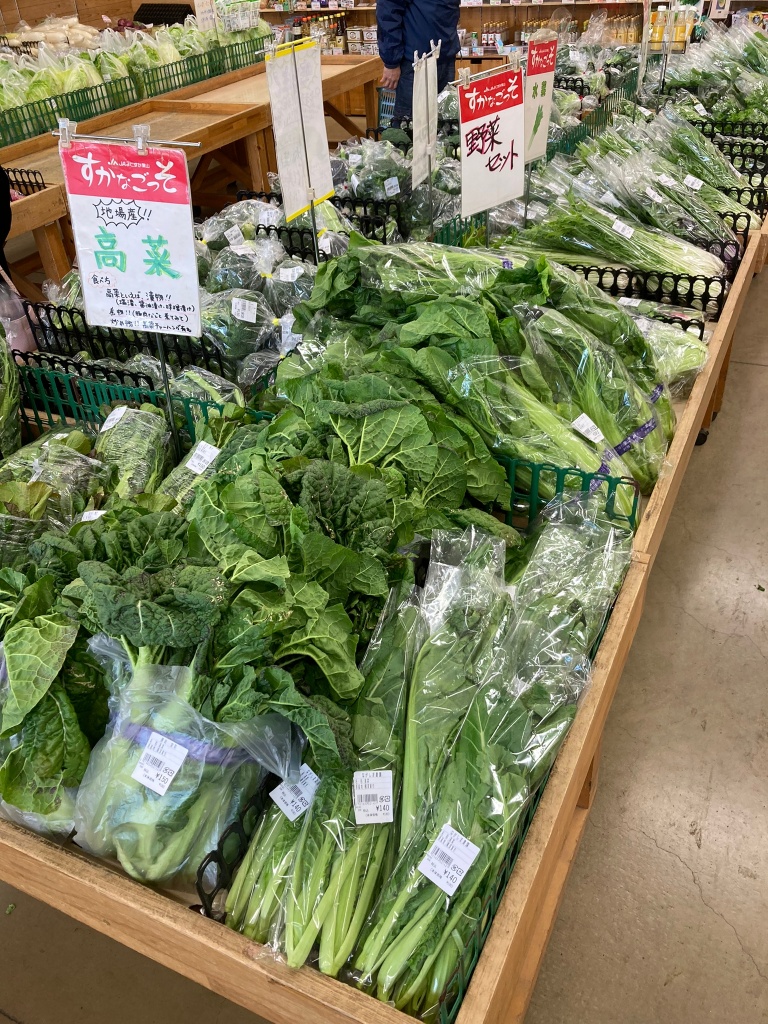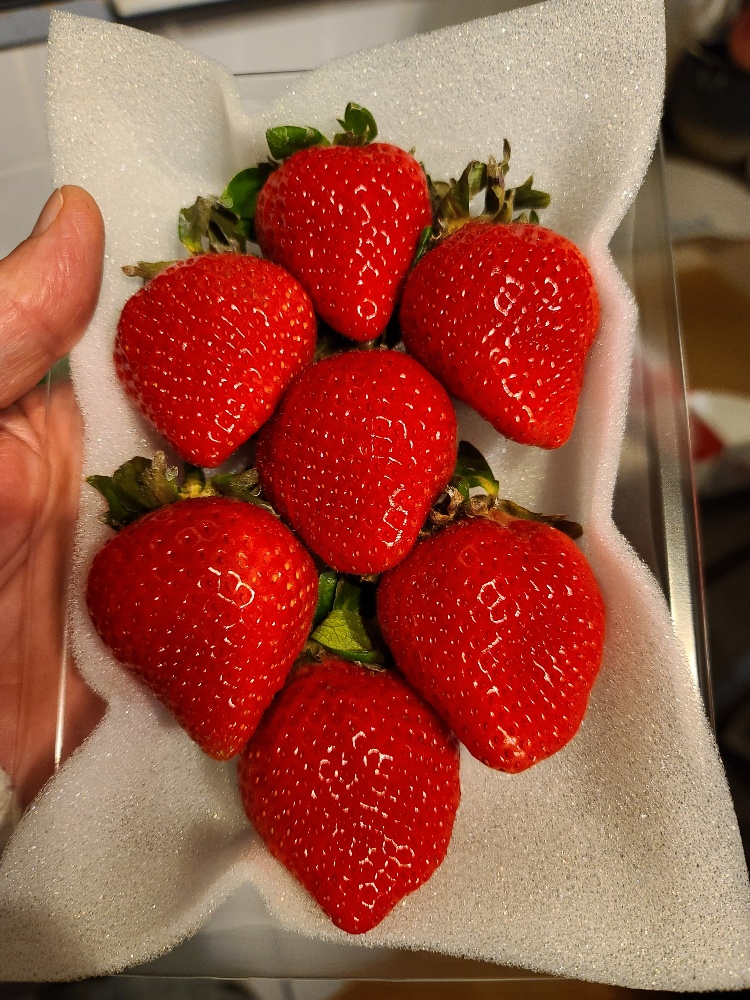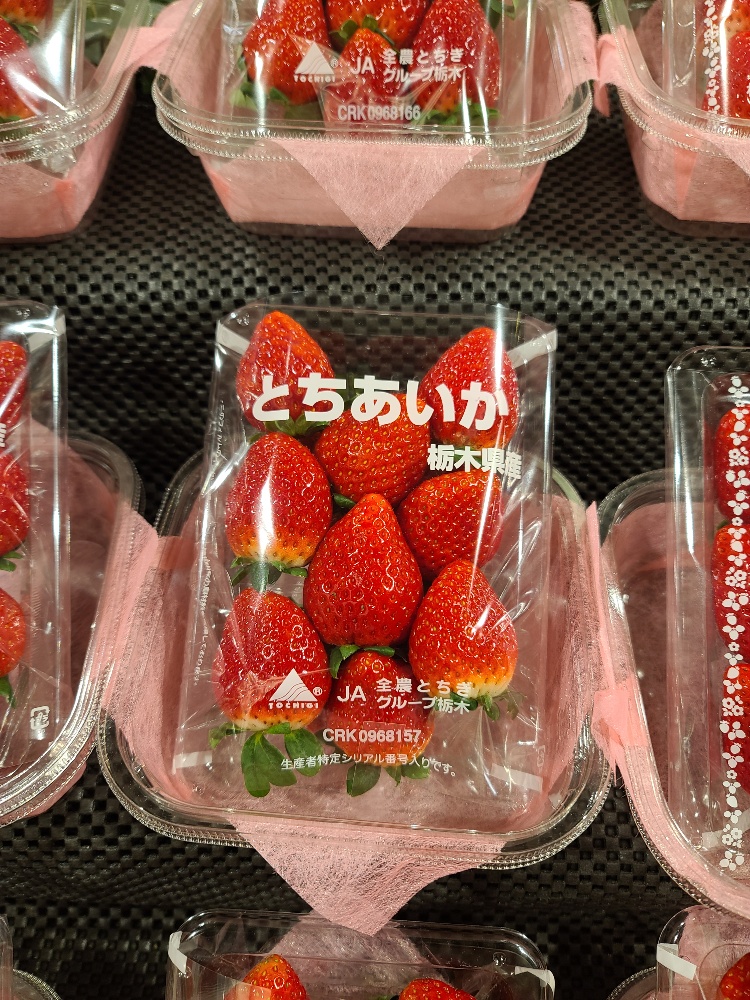Japan is know around the world for their excellent food. Sea foods, but also fruits and vegetables. I have been in agriculture my entire life, and am very proud of American agriculture, but I must say that while the U.S. produces more food, much cheaper than in Japan, in Japan the quality is, in general, much higher.
The field size in general is much smaller in Japan compared to the U.S. . This allows the farmer to pay more attention to the quality of the crop produced. The fields are prepared with more care, the crops are tended much more carefully, the harvesting and post harvest handling is in general much better then in the U.S. This additional care and expense is supported by the Japanese consumer and the Japanese farmer knows the preference of the Japanese consumer for high quality fruits, vegetables, and meats. They work hard to meet those domestic market preferences. Foods imported into Japan are often sold at lower prices.
Foods are often given as gifts in the Japanese culture, so presentation is very important. Not only must the food be attractive and fresh, the packaging must also be attractive and in many cases elaborate.
These cultural differences and market expectations are important for American and western crop producers to understand in order to access the Japanese markets. Some things to consider when accessing the Japanese market as a western producer are:
Work with your Japanese buyer or market representative. Understand clearly what market you are trying to enter in Japan. Are you targeting the lower priced bulk or juice markets, or are you trying to market to the higher priced consumer markets. Listen carefully to the quality of your produce they are interested in and offer and be ready to redo your packaging so that it is more acceptable to the Japanese market you are targeting.
Consider if a USDA NOP certification will help bolster your product in the targeted Japanese market. But there are other certifications that might be helpful as well. There are regenerative agriculture certifications, sustainable farming certifications and even a vegan certification that might help.
Once your market has been identified, meet it. Invest in the packaging recommended by your Japanese partner. Invest in the hi-grading processes to pull off the produce from your line that meets that market. Take the time to set up the delivery procedures, take care to keep the product the correct temperature through all stages of handling, and once an agreement has been reached – do whatever it takes to meet your targeted market.
Once accepted into the Japanese market I think the producer will be happy with the relationship. If there are glitches in a delivery, inform your Japanese representative. Keep communication open and clear. The Japanese market is a stable market. Japanese partners will help guide your product to the targeted market. This is a good stable marketplace for western products that are accepted. Work hard to keep the relationship and it should last many years…
Chris Van Hook is an agricultural attorney working primarily in the USDA NOP regulations worldwide. He is based out of Northern California, has been in agriculture his entire life, attending law school in his mid 40’s. Email Chris with any comments or questions at: chris@cvanhooklaw.com


